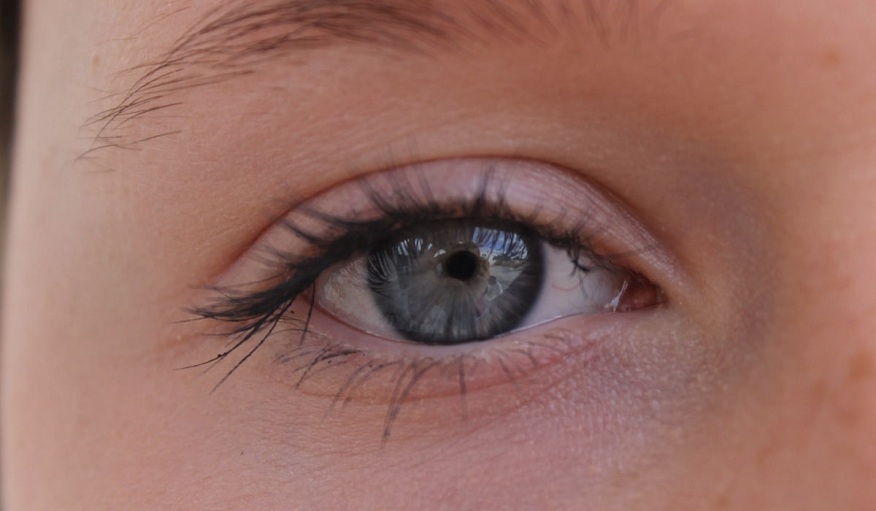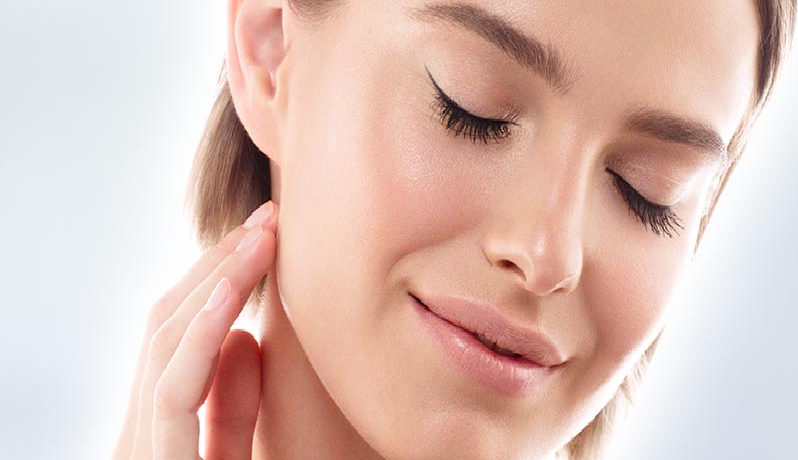
Understanding Pupil Reactivity: What Changes in Pupil Size Can Reveal
Evaluation of Pupillary reaction represents one of the most useful techniques for assessing pupils by clinicians. It offers information on neuro, ophthalmology, and systemic healthcare for diagnosing, tracking, and managing a range of illnesses.
For neurological evaluation of a patient in emergency and critical care nursing, quick assessment of pupils serves as the key. Using the pupillary light reflex, clinicians can establish the level of consciousness using the Pupil reactivity as part of the Glasgow coma scale and indicate the severity of neurological impairment.
Pupillary Reactions Explained
Pupillary reaction refers to how big or small a pupil becomes either in dilation or constriction as it responds to different stimuli. Here are the key components of pupillary reaction:
1. Pupil Size:
The size of the pupils is determined by the balance of two muscle groups in the iris: the dilator muscle (under the control of the sympathetic nervous system), and the sphincter muscle (under the control of the parasympathetic nervous system).
The pupil size varies due to natural light fluctuations which causes it to be small in a bright sun.
2. Pupillary Light Reflex:
The pupillary response is an essential element in the form of the pupillary light reflex. The pupil of the eye should contract when the light rays are focused on only one eye (directed response). Also, the direct stimulus by light produces a consensual response in the other pupil that is shaded.
This reflex is controlled through the optic nerve and has a neuro pathway comprising of the optic nerve, optic chiasma, optic tract, and pretectal nucleus leading EDINGER west phal nucleus to the muscle of sphincter to constrict the pupil
3. Accommodation Reflex:
Accommodation reflex includes pupil size changes associated with focusing on near objects. The accommodation response involves narrowing or squeezing of the pupils when a person’s view changes from looking at something far away to looking at something close.
The accommodation reflex occurs via an oculomotor nerve which controls the action of the ciliary muscle to change the shape of a lens and view short-distance objects.
4. Pathological Changes:
Pupillary reaction is highly essential in various medical states. Such as oculomotor nerve damage results in anisocoria and several medications have pupillary effects.
Clinical Applications of Pupil Measurement
Sizes of pupils have numerous clinical uses in different clinical settings. Accurate assessment of pupil size and response is an invaluable diagnostic, follow-up, and therapeutic tool. Here are some clinical applications of pupil measurement:
Neurological Assessments:
- Traumatic Brain Injuries (TBI): Pupillometry is a critical tool in evaluating and tracking patients who have sustained head injuries. Pupillary response, size, and light sensitivity are indicators of increased intracranial pressure. They provide guidance for treatment.
- Stroke Evaluation: Pupillometry is employed along with other neuropsychological examinations during post-stroke evaluation of patients. Pupillary reaction abnormalities could indicate brainstem involvement or elevated intracranial pressure.
- Coma Monitoring: In critical care nursing, continuous pupillometry is used to study any small changes in pupil dilation and the response giving clues of brain operation and therefore helps in planning the proper course of therapy.
Ophthalmology:
- Glaucoma Management: Pupillometry is an instrument used in testing optic nerve functionalities as well as the monitoring of patients who suffer from glaucoma. Pupillary changes might signify raised intraocular pressures.
- Retinal Disorders: Retinal disorders or any other health problems related to pupils’ functions may be diagnosed using measurements of pupil sizes of a patient.
Pharmacology and Anesthesia:
- Drug Effects: The use of pupillometry in studying the impact of drugs on the autonomic nerves. There, medications act on either sympathetic or parasympathetic routes, which lead to changes in pupil dimensions.
- Anesthesia Monitoring: The effectiveness of the anesthesia is checked through observation of pupil size and reactivity.
Critical Care Nursing:
Patients with increased intracranial pressure who are under critical care need continuous pupillometry to detect changes in pupil sizes and their reactivity so as to administer timely intervention.
However, pupillometry is applicable in various situations across different disciplines including neurology, ophthalmology, pharmacology, intensive care, psychiatry, etc. Pupillometry has been enhanced by the advancement of pupilometer technology, which allows its integration into general medicine.






